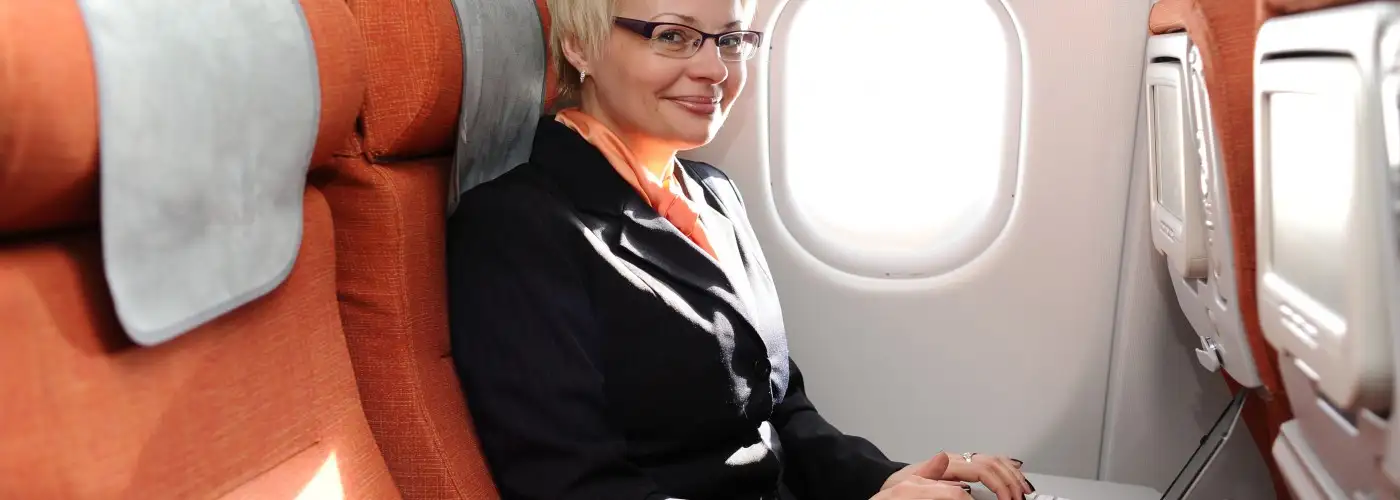Just as they do in their hotel rooms, today’s travelers expect to stay Internet-connected when buckled in to their airline seats at 30,000 feet. Industry-wide, more than a quarter of U.S. domestic flights currently feature inflight WiFi. And it won’t be long before coverage approaches 100 percent.
But the online experience is more waiting than it is surfing. Because of the technology used to transmit the digital signals, inflight Wi-Fi speeds fall far short of what travelers are accustomed to even from their home Internet connections.
Adding insult to injury, that dodgy connection is costing you. Prices for Gogo Internet service, featured on many U.S. domestic flights, generally range from $2 for 30 minutes to $49.95 for unlimited monthly access.
Let’s face it: Today, Gogo is more like GoSlow.
There may be a fix in the pipeline, courtesy of the same federal government that brought you the TSA.
The Federal Communications Commission (FCC) issued a proposal to make new bandwidth available for use by inflight Wi-Fi that would support transmission speeds of 300 Gbps. That’s way faster than the average at-home Internet connection, and way-way-way faster than what’s typically available onboard commercial flights.
It’s not a done deal. And if approved, implementation is probably two years out. But the FCC clearly sees the need. From the proposal:
Increased broadband aboard aircraft will lead to improved connectivity for business and leisure travelers alike. Business travelers will have a greater ability to message, research and download information, and send finished products. Leisure travelers will have greater options to use broadband to communicate with friends and family members, use social media, play games, and research their destinations or other areas of interest.
So a bump in speed is almost certainly in the cards.
How about prices? According to the FCC: “More options for broadband for aircraft passengers are likely to increase competition, improve the quality of service, and lead to lower prices for broadband aboard aircraft.”
The problem with that argument? It’s neither cheap nor easy to start up a new business providing inflight WiFi service. So there’s no compelling reason to expect that the new bandwidth will result in an increase in competition.
The more likely scenario is that only the current service providers will adopt the new technology, and then raise their prices to cover the costs of upgrading.
Oh well, at least Gogo will live up to its name.
Reader Reality Check
How much are you willing to pay for inflight Internet access?
You Might Also Like:
We hand-pick everything we recommend and select items through testing and reviews. Some products are sent to us free of charge with no incentive to offer a favorable review. We offer our unbiased opinions and do not accept compensation to review products. All items are in stock and prices are accurate at the time of publication. If you buy something through our links, we may earn a commission.
Related
Top Fares From
Today's Top Travel Deals
Brought to you by ShermansTravel
Kenya: 14-Night Tour, Incl. Tanzania &...
smarTours
 vacation
$7125+
vacation
$7125+
7-Night Caribbean Round-Trip Cruise From Orlando:...
Norwegian Cruise Line
 cruise
$739+
cruise
$739+
Ohio: Daily Car Rentals from Cincinnati
85OFF.com
 Car Rental
$19+
Car Rental
$19+




